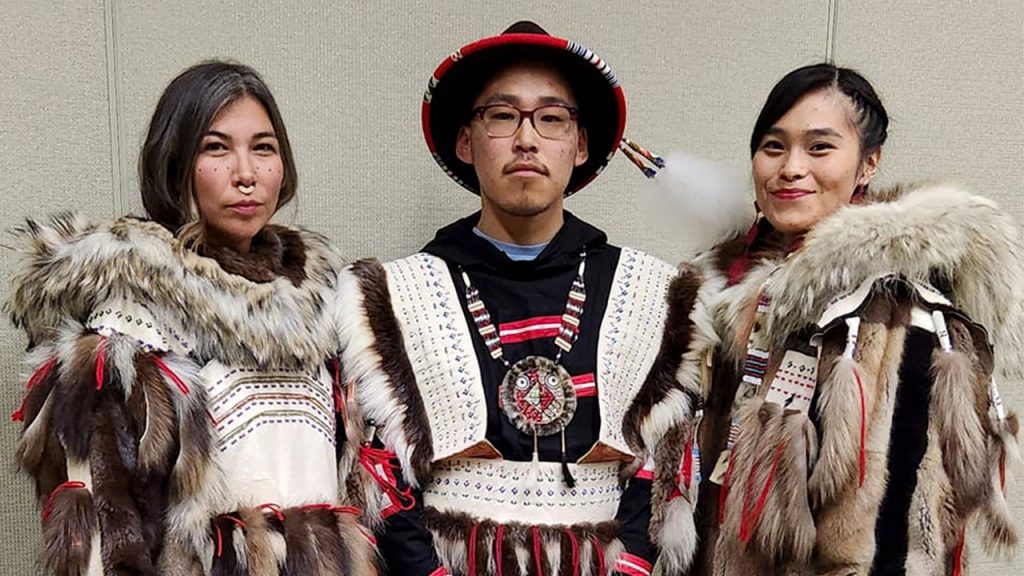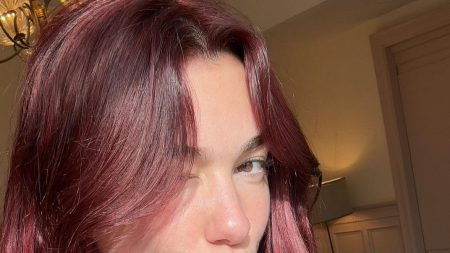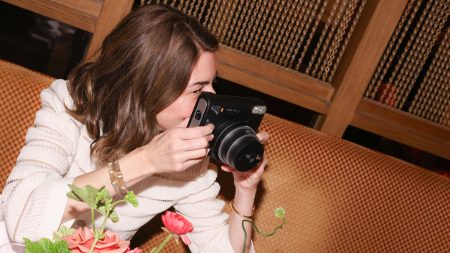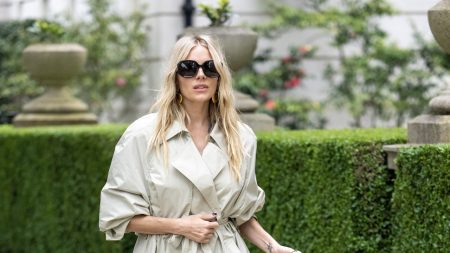Fashion is currently facing a dilemma with the production of both real and faux fur causing harm to the planet. However, Indigenous artists have a much smaller impact as they source fur through hunting, cleaning, and treating it themselves in small quantities, while also utilizing the rest of the animal. This zero-waste approach not only respects the animals but can also serve as a guide for the fashion industry towards a more circular future. Indigenous peoples are not major contributors to the global fur market’s production volumes, highlighting their sustainable and intentional approach.
Indigenous artist Golga Oscar, a Yup’ik artist based in Bethel, Alaska, creates traditional garments such as headdresses, parkas, and moccasins using furs like wolf, beaver, muskrat, or ground squirrel. Oscar’s design process is intentional and respectful towards the animals, with a strong spiritual connection to them. For example, when using wolverine fur, it must be colored in red ochre as part of the tradition to honor the sacred animal. This approach showcases a deep cultural respect for nature and animals that is integral to Indigenous fashion practices.
In contrast to large-scale fur farms that procure pelts in mass quantities and often waste other parts of the animal, Indigenous artists like Oscar hunt in smaller quantities and take a zero-waste approach to their designs. The emphasis on using fur for luxury while also respecting the animal reflects a different worldview that prioritizes sustainable and ethical practices. By honoring and acknowledging the animals throughout the design process, Indigenous artists are able to create garments that hold deep cultural significance and embody a connection to nature.
The Indigenous approach to eliminating waste and designing with purpose offers a valuable lesson for the fashion industry as a whole. By incorporating these principles into their practices, fashion brands can move towards a more sustainable and ethical future. Indigenous communities have long understood the importance of utilizing resources in a way that respects the natural world, and their practices can serve as a model for the wider industry. With a focus on honoring animals, minimizing waste, and designing with intention, Indigenous artists like Golga Oscar are paving the way for a more conscientious and environmentally-friendly fashion industry.
As fashion grapples with the environmental impact of fur production, Indigenous communities offer a different perspective that emphasizes sustainability and respect for nature. By hunting in small quantities and utilizing the entire animal, Indigenous artists showcase a holistic approach to fur that minimizes waste and honors the animals involved. Through intentional designs that reflect deep cultural connections to nature, Indigenous artists like Golga Oscar demonstrate that fashion can be both luxurious and ethical. Their practices serve as a guide towards a more sustainable and circular future for the fashion industry, highlighting the importance of traditional knowledge and values in contemporary design.















